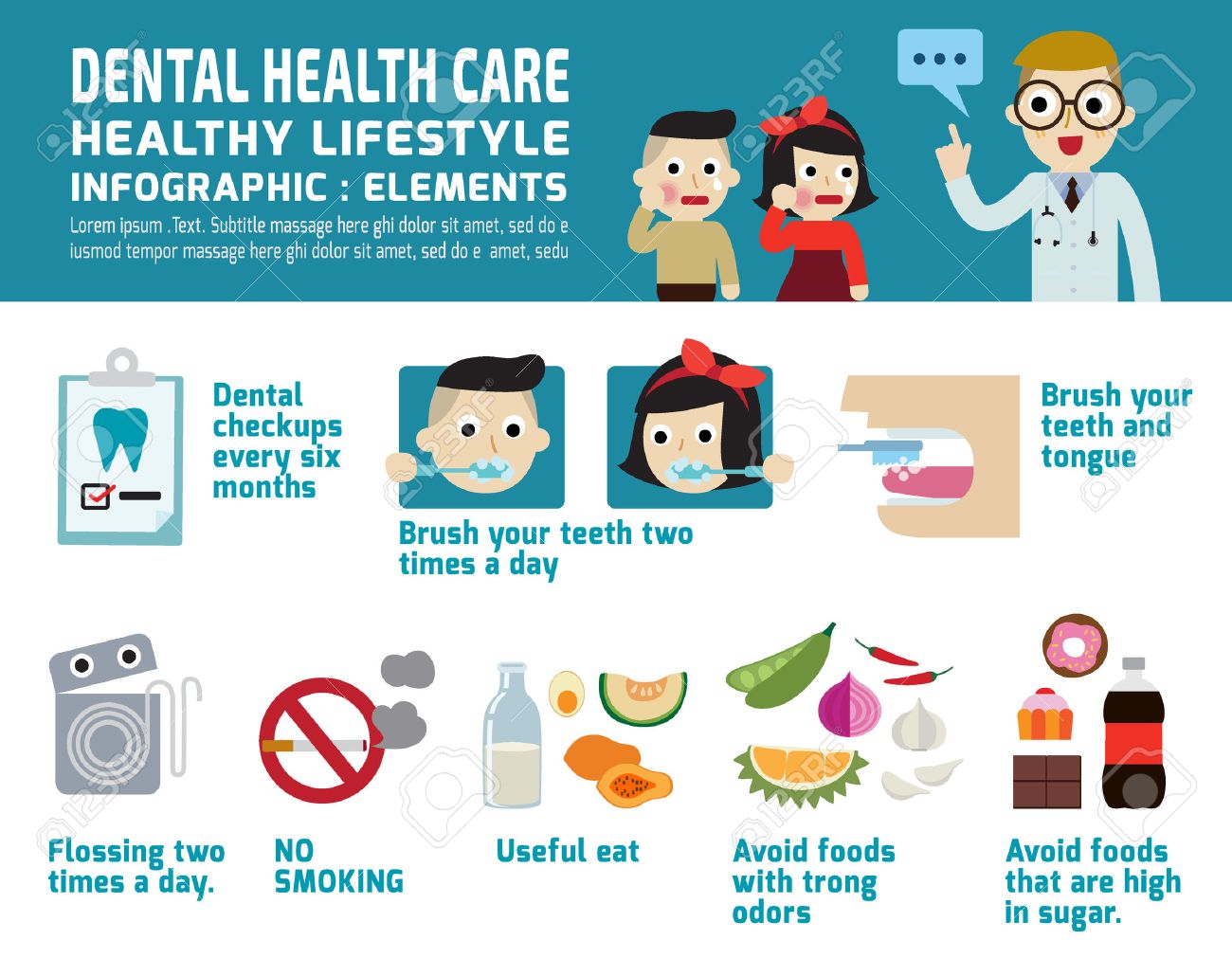Check Out The Cutting-Edge Technologies That Are Changing Oral Surgery. Discover What The Future Holds For This Area And Keep On Your Own Notified. Click Currently For An Unique Sight Of Upcoming Advancements
Check Out The Cutting-Edge Technologies That Are Changing Oral Surgery. Discover What The Future Holds For This Area And Keep On Your Own Notified. Click Currently For An Unique Sight Of Upcoming Advancements
Blog Article
Web Content Author-Hermansen Browne
Invite to the globe of dental surgery, where developments and advancements are forming the future of the field! In this amazing realm, you'll witness the transformative power of robotics, the cutting-edge marvel of 3D printing, and the game-changing influence of minimally invasive techniques.
The future of oral surgery holds a promise of precision, effectiveness, and enhanced client results. With the help of sophisticated robotics, surgeons have the ability to execute complex procedures with higher precision and control.
3D printing innovation is revolutionizing the creation of dental implants and prosthetics, providing customized options that fit effortlessly into each person's special composition.
Additionally, minimally intrusive strategies are lowering post-operative pain and healing time, allowing clients to return to their every day lives sooner.
Prepare yourself to discover the interesting technologies and advances that are improving the landscape of dental surgery!
Developments in Robotics
One major development in dental surgery is the use of robotic modern technology, which permits specific and efficient surgical procedures. With the help of robotic systems, oral surgeons have the capability to do complex surgical procedures with improved accuracy, decreasing the threat of human mistake.
These robotic systems are outfitted with advanced imaging modern technology and precise tools that allow cosmetic surgeons to navigate via complex physiological structures with ease. By using robot technology, cosmetic surgeons can accomplish greater medical precision, causing boosted client end results and faster healing times.
On top of that, making use of robotics in dental surgery enables minimally invasive procedures, decreasing the injury to bordering cells and advertising faster healing.
3D Printing in Dental Surgery
To improve the area of oral surgery, you can check out the subtopic of 3D printing in dental surgery. This cutting-edge innovation has the prospective to change the method dental doctors operate and treat patients. find pediatric dentist are four vital methods which 3D printing is forming the area:
- ** Customized Surgical Guides **: 3D printing permits the production of extremely exact and patient-specific medical guides, enhancing the accuracy and efficiency of procedures.
- ** Implant Prosthetics **: With 3D printing, dental specialists can create customized implant prosthetics that completely fit a client's distinct composition, causing far better end results and individual complete satisfaction.
- ** Bone Grafting **: 3D printing allows the manufacturing of patient-specific bone grafts, minimizing the demand for traditional grafting techniques and boosting healing and recovery time.
- ** Education and Educating **: 3D printing can be used to create sensible surgical versions for educational purposes, enabling dental doctors to exercise complicated treatments prior to doing them on patients.
With its potential to boost accuracy, customization, and training, 3D printing is an interesting growth in the field of dental surgery.
Minimally Invasive Strategies
To better advance the area of dental surgery, accept the potential of minimally invasive techniques that can substantially benefit both surgeons and clients alike.
Minimally intrusive techniques are reinventing the area by lowering medical injury, minimizing post-operative discomfort, and increasing the recovery process. These strategies entail making use of smaller lacerations and specialized instruments to perform procedures with precision and efficiency.
By utilizing advanced imaging technology, such as cone beam calculated tomography (CBCT), cosmetic surgeons can precisely plan and perform surgical treatments with marginal invasiveness.
In addition, making use of lasers in oral surgery allows for precise tissue cutting and coagulation, leading to reduced blood loss and decreased healing time.
With minimally dentist solomon , clients can experience quicker healing, lowered scarring, and improved end results, making it a vital facet of the future of dental surgery.
Verdict
So, as you can see, the future of oral surgery is unbelievably promising, with exciting advancements and advances forming the area.
From the improvements in robotics to the use of 3D printing and minimally invasive strategies, dental specialists are revolutionizing the means they supply treatment.
While highmark wholecare dentist near me might bother with the possible price related to these developments, it is essential to remember that these modern technologies ultimately boost client results and lower recovery time, making them well worth the financial investment over time.
